What is contraception?
Contraception, also known as birth control, is used to prevent pregnancy. There are many different types of birth control that you and/or your partner can use. Whichever type of birth control you decide to use, the most important thing is to make sure you use it consistently, meaning every time you have sex.
Confidentiality and consent
Any conversation you have with your health-care provider is confidential, meaning they will not tell your parent, caregiver or anyone else. Confidentiality means to keep something private.
You do not need consent (permission) from your parent or caregiver to get a prescription for contraception or to buy it from a store. To learn more about these terms, read the article "Consent, capacity and confidentiality".
Types of contraception
The best type of contraception to use might not be the same for everyone. A health-care provider can help you choose the best type for you.
Hormonal contraception
Hormonal contraception is made up of a combination of both estrogen and progestin or progestin only. These are the hormones that are naturally produced in a female body. The table below describes the options for hormonal contraception. They are organized in order from the most effective option to least effective. None of these methods will protect against sexually transmitted infections (STIs) so you still need to use a condom or other barrier protection during sex.
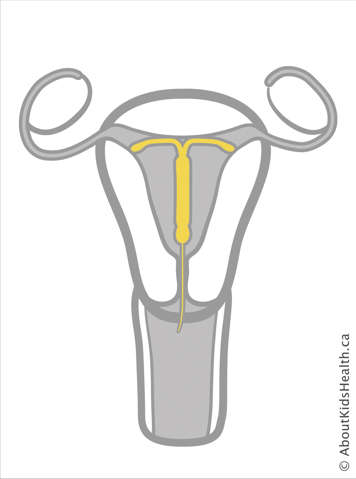
Intrauterine contraception (IUC) – Levonorgestrel-releasing intrauterine system (LNG-IUS)
What is it?
- One of the most effective birth control options available.
- A small T-shaped device inserted into the uterus by a health-care professional in a clinic.
- Depending on the type, a LNG-IUS can stay inserted for 3-5 years before needing to be replaced.
How does it work?
- LNG-IUS release the hormone progestin which makes the lining of the uterus thinner and makes cervical mucus thicker preventing pregnancy in multiple ways.

Contraceptive implant
What is it?
- One of the most effective birth control options available.
- A small rod that sits just below the skin of the upper inner arm and releases progestin into the bloodstream.
- The implant is placed by a health-care provider.
- It is not visible under the skin.
- It can stay in place for up to 3 years.
How does it work?
- Progestin prevents the ovaries from releasing an egg each month.
- Thickens the cervical mucus to prevent sperm from reaching the egg.
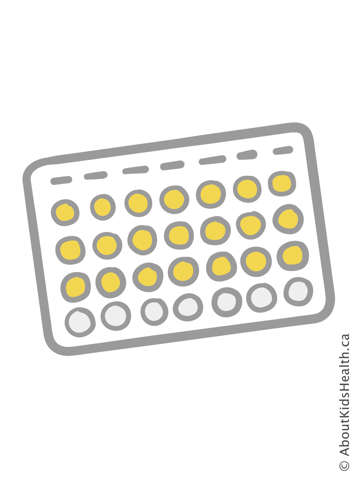
Combined oral contraceptive (COC) pill
What is it?
- Also known as the birth control pill.
- Contains both estrogen and progestin.
- Should be taken every day at the same time.
- Each pack contains 21 hormone pills to be taken every day for 3 weeks. During the week of your period, you can either take the 7 placebo (inactive) pills in the pack or not take any pills.
- There are also options to use the pill in an extended or continuous way safely.
How does it work?
- Prevents the ovaries from releasing an egg each month.
- Thickens the cervical mucus to prevent sperm from reaching the egg.
- Changes the lining of the uterus to make implantation difficult.
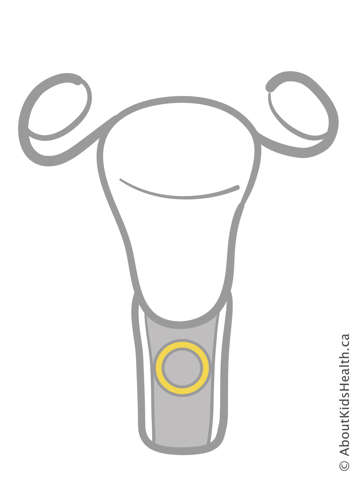
Vaginal ring
What is it?
- A soft, flexible plastic ring inserted into the vagina. It releases estrogen and progestin for 3 weeks.
- You usually cannot feel it once it’s in place.
- You insert and remove the ring yourself.
- It stays inside the vagina for 3 weeks, followed by 1 week without (during your period).
- There are also options to use the ring in an extended or continuous way safely.
How does it work?
- Prevents ovaries from releasing an egg; may thicken cervical mucus and thin uterine lining.
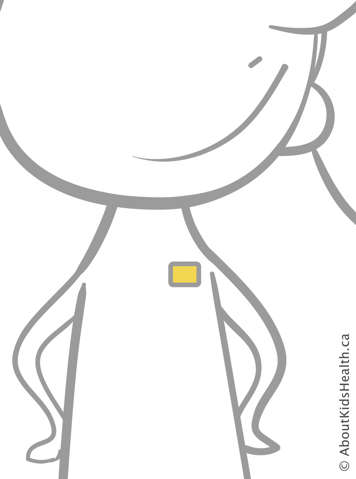
Contraceptive patch
What is it?
- A patch that sticks to your skin and continuously releases estrogen and progestin into your bloodstream.
- Each patch is worn for 7 days. You wear a patch every week for 3 weeks and then take a week off (during your period).
- Can be worn on the upper arms, back, stomach, or buttocks but not on the breasts.
- There are also options to use the patch in an extended or continuous way safely.
How does it work?
- Stops ovaries from releasing an egg; may thicken cervical mucus and thin uterine lining.
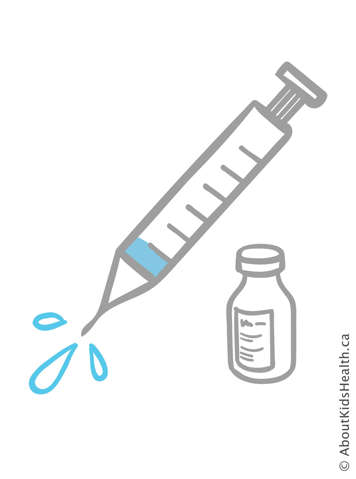
Injectable contraception
What is it?- Also known as a birth control shot.
- Contains progestin, not estrogen.
- Given 4 times a year as an injection into the upper arm or buttocks.
How does it work?
- Progestin prevents the ovaries from releasing an egg, thickens cervical mucus and changes uterus lining.
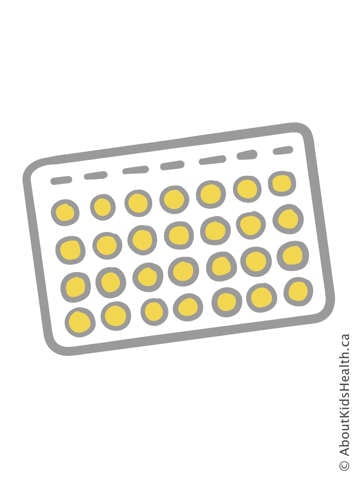
Progestin-only pill (POP)
What is it?
- A type of birth control pill, sometimes called the "mini-Pill".
- Should be taken every day at the same time.
- Each pack contains 28 progestin pills, with one pill to be taken daily.
- Must be taken at the same time every day to be effective.
How does it work?
- Prevents the ovaries from releasing an egg each month.
- Thickens the cervical mucus to prevent sperm from reaching the egg.
- Changes the lining of the uterus to make implantation difficult.
Non-hormonal contraception
Non-hormonal methods of contraception usually involve creating a barrier between the sperm and the cervix or eggs.
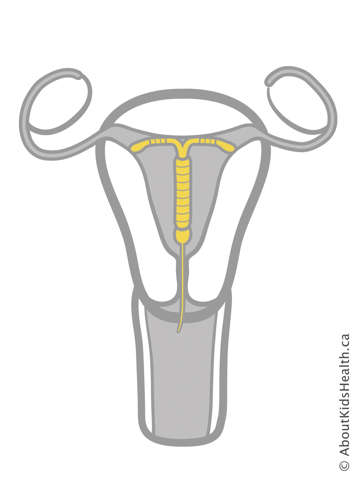
Intrauterine contraception (IUC) – Copper intrauterine device (Cu-IUD)
What is it?
- One of the most effective birth control options available.
- A small T-shaped device inserted into the uterus by a health-care professional in a clinic.
- Depending on the type, a Cu-IUD can stay inserted for 3-10 years before needing to be replaced.
How does it work?
- Cu-IUDs release copper ions into the uterus. These change the fluids in the uterus and fallopian tubes, making them inhospitable for sperm (kills the sperm).
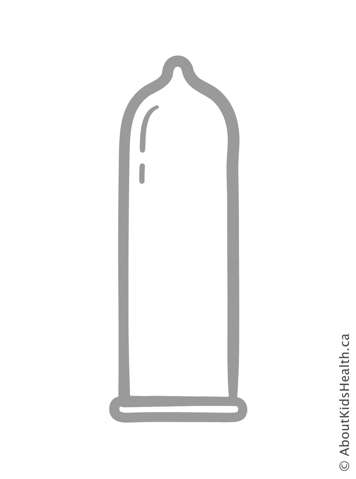
Male condoms
What is it?
- Worn over the penis during sexual intercourse or oral sex.
- Available in different sizes, thinness, textures, colours and flavours.
- Most are made of latex, but there are non-latex versions available that are also effective for reducing risk of pregnancy and STIs.
How does it work?
- The condom should be put on before any skin-to-skin contact or mouth to penis contact.
- It acts as a physical barrier, preventing the exchange of body fluids.
- A new condom should be used every time you have sex. Never reuse a condom.
- Protects against STIs.
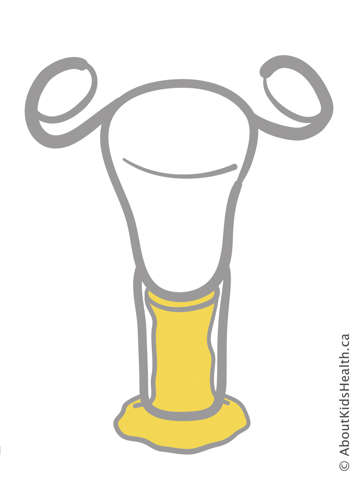
Female condoms
What is it?
- Soft, loose-fitting sheath with two rings, one at each end.
- Can be placed in the vagina up to 8 hours before sex.
- A new condom should be used every time you have sex. Never reuse a condom.
How does it work?
- The external ring sits outside the vagina while the internal ring at the closed end is inserted into the vagina, which helps to keep the condom in place.
- Acts as a barrier, preventing contact between the vagina and sperm.
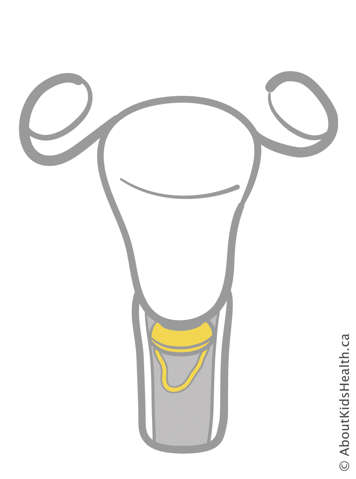
Sponge
What is it?
- A small disposable foam device containing a spermicide placed inside the vagina.
- Can be inserted into the vagina up to 24 hours before sex.
How does it work?
- Contraceptive provided by spermicide in sponge.
- Absorbs, traps and destroys sperm.
- Physical barrier to prevent sperm from entering the cervix.
- Should be left in the vagina for at least 6 hours after sex but should not stay in for longer than 30 hours.
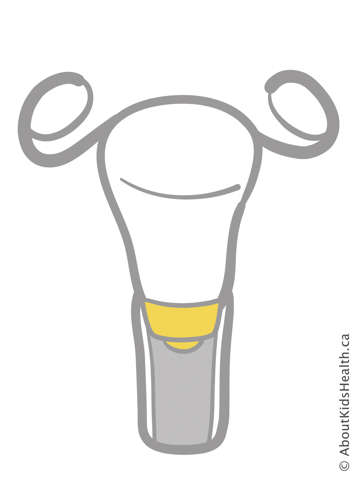
Cervical cap
What is it?
- A deep silicone cap that sits against the cervix to prevent sperm and bacteria from entering.
- Used with special gel.
- Can be inserted into the vagina up to 2 hours before sex.
- You will need a prescription to buy a cervical cap.
How does it work?
- Acts as a physical barrier between sperm and the cervix.
- Should be used with a gel that stops or kills sperm.
- Reapply gel for each repeated sex act or after 2 hours have passed.
- Should be left in the vagina for at least 6 hours after sex but should not stay in for longer than 48 hours.
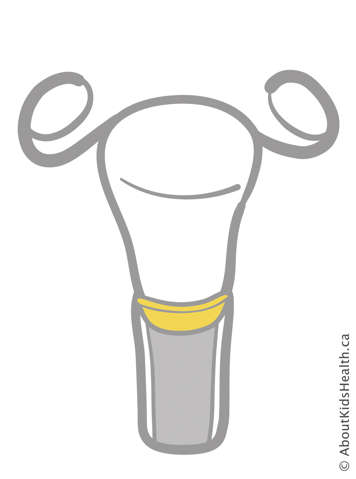
Diaphragm
What is it?
- A latex, silicone or nylon cap that covers the cervix.
- Used with special gel .
- Can be inserted into the vagina up to 2 hours before sex.
How does it work?
- Acts as a physical barrier between sperm and the cervix.
- Should be used with a gel that stops or kills sperm.
- For repeated sex within the first 6 hours, gel should be inserted using an applicator (diaphragm should not be removed).
- Should be left in the vagina for at least 6 hours after sex but should not stay in for longer than 24 hours.
Withdrawal
Also known as the pull-out method. The penis is pulled out of the vagina and away from external genitalia before ejaculation. However, it’s possible for some fluid containing sperm to be released from the penis before pulling out. Pregnancy happens for 1 in 5 couples who rely on withdrawal as a form of contraception. Withdrawal doesn’t prevent STIs.
Abstinence
Abstinence means not having sex. Some partners may only abstain from vaginal sex to avoid pregnancy, but they still engage in other sexual acts. When used as a contraception method, both partners need to avoid any contact between the penis and the vagina and need to be careful not to have the pre-ejaculate or ejaculate come in close contact with the vagina or external genitalia.
Emergency contraception
Emergency contraception can be used if you’ve had unprotected sex, you missed a birth control pill, you think your contraception may have failed (e.g., condom broke) or you had non-consensual sex (sexual assault).
Emergency contraception is only meant for occasional use (emergencies) and should not be used as your main form of contraception.
There are 2 types of emergency contraception available: "morning after" pills and copper IUDs. Some morning after pills are available without a prescription.







